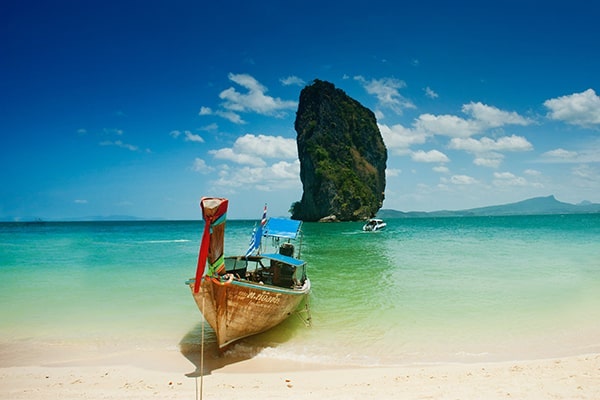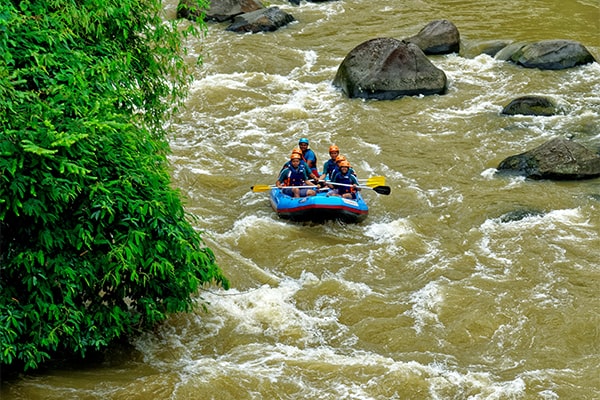Gallery






Newsletter
Sign up for our newsletter and get inspired for your next trip.
Calvert Cliffs State ParkCalvert Cliffs State Park, located in Maryland, is a must-visit destination for nature enthusiasts and outdoor lovers. With its stunning cliffs, diverse wildlife, and beautiful hiking trails, this park offers a unique and memorable experience for visitors of all ages. Best Time to VisitThe best time to visit Calvert Cliffs State Park is during the spring and fall seasons when the weather is mild and comfortable. The park tends to get crowded during the summer months, so visiting during weekdays or early mornings on weekends is recommended to avoid large crowds. Main Things to See**Calvert Cliffs** - The park is famous for its towering cliffs that overlook the Chesapeake Bay. These cliffs, formed over millions of years, are a sight to behold and offer breathtaking views. Don't forget to bring your camera to capture the beauty of the cliffs and the surrounding landscape. **Fossil Hunting** - Calvert Cliffs State Park is known for its abundance of fossils, particularly shark teeth. Visitors can explore the park's beaches and search for these ancient treasures. It's a unique opportunity to discover fossils dating back millions of years and learn about the area's prehistoric past. **Hiking Trails** - The park features several scenic hiking trails that wind through forests, wetlands, and along the shoreline. The Red Trail is a popular choice, offering a 1.8-mile loop with beautiful views of the Chesapeake Bay. Make sure to wear comfortable shoes and bring water for your hike. Special Items and Significance**Shark Teeth** - One of the most special items you can find at Calvert Cliffs State Park is shark teeth. These fossils are remnants of ancient marine life and serve as a unique souvenir from your visit. Keep an eye out for these small, black teeth while exploring the park's beaches. **Geological Significance** - The cliffs at Calvert Cliffs State Park are of great geological significance. They provide a glimpse into the region's ancient history and the changes that have occurred over millions of years. Exploring the cliffs and learning about their formation adds an educational aspect to your visit. |